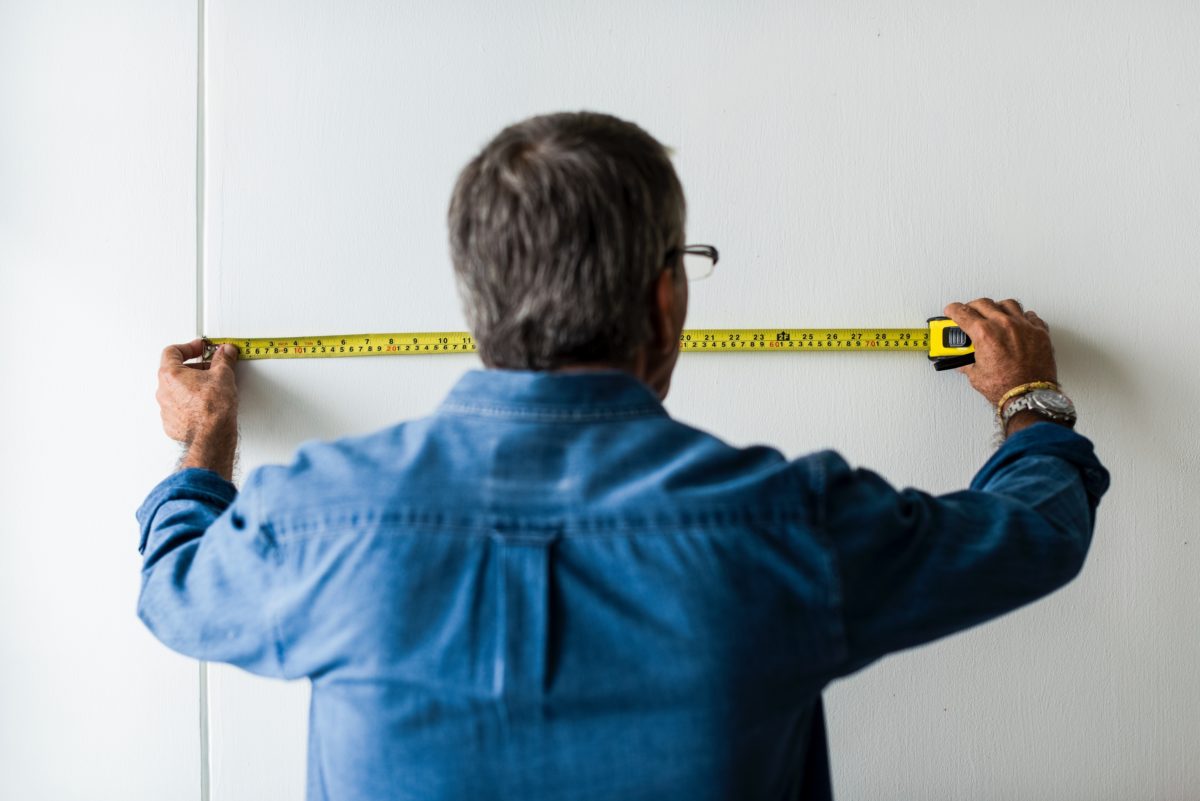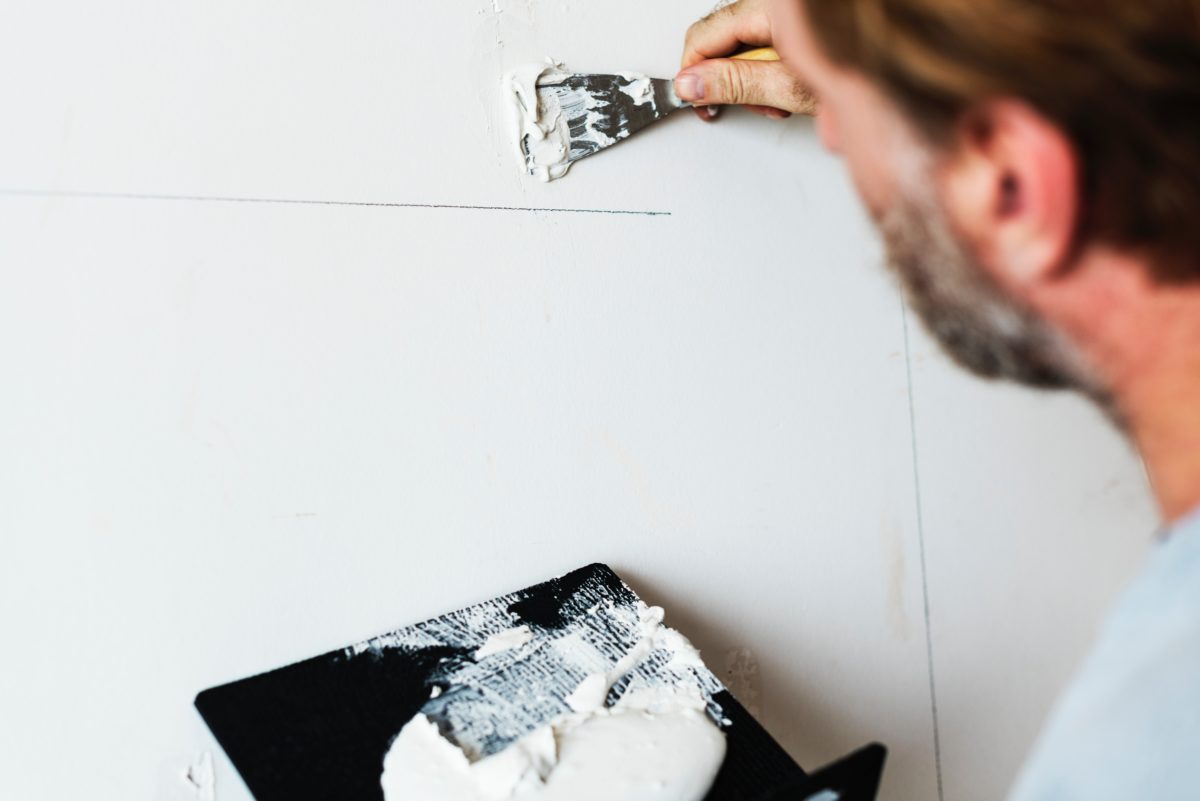Since the housing craze of 2016 and 2017, many sellers have been soaking dollars into renovating their homes. While some of these jobs are big, like upgraded bathrooms or modernized kitchens, and some are small, like a new paint job or wallpapers, they are all expected to bring a wealthy return from potential buyers.
According to Bill Stamatopoulos from the City of Toronto, the City has seen an increase in building permit requests, which are needed for any big home improvements:
The City of Toronto has experienced high volumes in residential construction over the past three years. In 2017, there were over 8,000 permits issued for renovation projects. This makes them the most frequently requested building permits in the low rise residential category.
When you decide to renovate your home before selling it, you should have an idea what return you can expect on the investment you have put into your house over the years.
In most cases, the potential buyer has already decided on the area they want to live in, but when they get into a specific home, the renovations that have been done could be a deal breaker.
Although it varies from area to area, generally speaking, the improvements with the highest returns are modernized bathrooms and kitchens, as they have the most wow potential. Also, projects that add a bedroom, bathroom, or family room to the house generate the highest return consistently.
Specific category are the "Money Pit" items − the roof, windows and furnace. Although they are on the more expensive side, they are also the three most important parts of a home’s life cycle and replacing them brings a good return.
If you don't have to worry about the budget, consider upgrading the exterior items. The garage door, for example should yield at least a 90% return on what you spent having it installed. The front door being replaced also brings a good return, also over 90% return. High-end landscaping seems to have a very positive return – as much as 105%. By making a stunning first impression, these areas are setting the tone for the rest of the home showing.
On the other hand, be wary of over-improving the property. For example, while saunas and whirlpools may be quite suitable in one area, they may not add considerable value in others. It is also important that additions and improvements are consistent with the style and character of the home. For instance, a Victorian style house with a modern ranch-style addition will just look odd.
Another growing area of interest in home renovations is that of Smart Home technology. These days, many builders are already including Smart Home components, but for someone living in an older home, they will have to make these changes themselves. As Dushyanth Attavar form Simply Smart Home explains:
The Nest thermostat has become somewhat of a staple in the industry becoming almost the norm instead of regular programmable thermostats. People are definitely looking to make their homes smart and there is a huge market for smart home products. It’s still hard to put a value on how much it can increase the value of homes at this point, however, it does create a coolness factor.
Smartifying the home before you sell should be at the bottom of your renovation list. Smartifying a home can be costly and you can expect to spend up to $20,000 on smart home automation, so before you make such an investment, make sure that there is enough interest in smart homes in your area.
Here is the value and payback potential of the renovations in order of importance so that you know what your priorities should be:
Value of Renovation Projects, in order of importance:
- Kitchen
- Bathroom
- Main floor family room
- Interior decorating
- New heating system
- New windows/doors
- Exterior painting
- Basement conversion
- Air conditioning system, addition
- Energy efficient features
- Landscaping
- Fireplace, addition
- Swimming pool
Renovation Project Pay Back Potential, in order of importance:
- Kitchen – 35% to 200%
- Bathroom – 35% to 100%
- Family room addition – 35% to 100%
- Furnace/air conditioning upgrade – 0% to 70%
- Landscaping – 0% to 50%
So what this all comes down to is drawing up a list of wants and needs. While the finishing decorating touches can make a difference, wouldn’t it be better to replace that 20-year old furnace? Will the new windows add value and also increase our home heating/cooling efficiency? Although this deciding process might be difficult, one thing is certain − no matter what you choose to upgrade, any positive changes should more or less enhance the value of your home.
If you need more help deciding which renovations would work the best for you, don't hesitate to contact us at or 416 236-1392.



